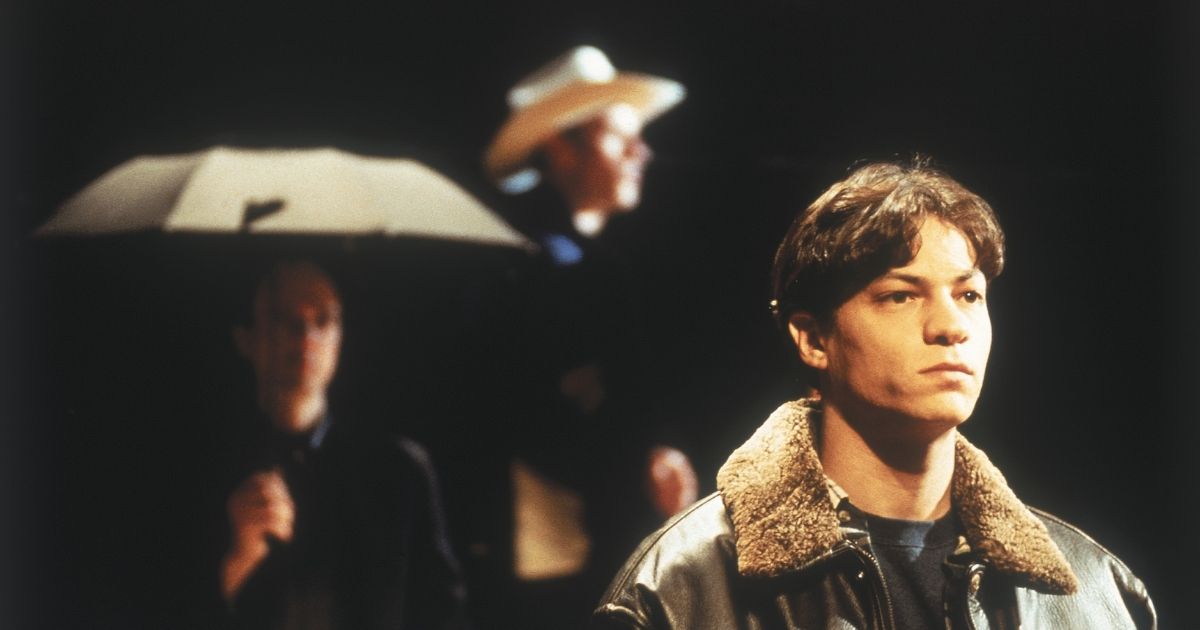
THE NAKED CITY – VANDALISM IN THE MODERN AGE

Depending on your interest in history or a preoccupation with garage music, the Vandals were either a rampaging group of barbarians accused of sacking and looting ancient Rome or a bunch of 80s punk rockers from Huntington Beach California. Both no doubt reaped havoc in their heyday but it is the Germanic tribe who trashed Rome in 455 that has given us the current word ‘vandal’.
Over the years Sydney has witnessed waves of what is defined as the crime of deliberate destruction of or damage to public or private property. At times that so called ‘vandalism’ was motivated by political or social protest such as the “Change The Date” graffiti on the Captain Cook statue in Hyde Park. Likewise the B.U.G.A.U.P. (“bugger up”) movement of the 80s whereby billboards advertising products such as cigarettes were targeted and their lettering rearranged to reflect a negative message.
On the other hand there’s been the kind of mindless, gratuitous vandalism that is totally devoid of any philosophical motivation. In the 60s, when the red rattler trains rolled noisily throughout Sydney, their thin green vinyl seats were often the target of penknife slashers. With nothing like today’s CCTV surveillance, the culprits were seldom caught although it was rebellious teenagers who were the main suspects.
Those same rebellious teenagers were also accused of carving their names into park benches, scratching the duco on parked cars with the old silver coins and blowing up letter boxes on cracker night with the infamous tuppeny bunger. Ironically the perpetrators of the 60s, if they have survived the decades, are more than likely amongst the elderly victims of today’s delinquent vandals.
If the penknife was the instrument of urban spoiling in the 60s and 70s, today it’s the spray can and the texta that have left a trail of tags and nocturnal artwork through almost every suburb in Sydney. If the thrill of old school vandalism was destruction then the reward for the modern day tagger is recognition and self gratification, a public insignia that shouts the author’s own brand. Yes indeed, sociologists have had a field day speculating why some young folk feel the need to tag and why the phenomenon has spread worldwide.
If once it was only boarded up buildings and vacant shopfronts that were the canvas for tags, today just about anything is vulnerable – even the War Memorial in Hyde Park has copped it. When the City Of Sydney Council puts up those large sepia prints of historic Sydney it only takes a week or two before they are obliterated with tags. Artists spend days painting a street mural in Newtown and within a night or two it’s adorned with shitty tags. Bus stops and stands are a constant target but does the tag have to make the timetable unreadable? It’s often said there is no honour amongst thieves – there is definitely less amongst taggers and obviously no reverence for history.
If we are to put up with people writing on walls where it is forbidden, at least bring back a recognisable narrative, rather than the indecipherable tag or graffiti. Before there was Twitter and bloggers activists often expressed their outrage with brightly painted slogans, strategically positioned where the most would notice. Some viewed it simply as vandalism, others as a legitimate form of social and political protest.
So when are we likely to see the following piece of urban vandalism or social protest, inscribed in massive metre high letters on a terrace wall in your inner city suburb – ‘FUCK OFF TAGGERS’?









